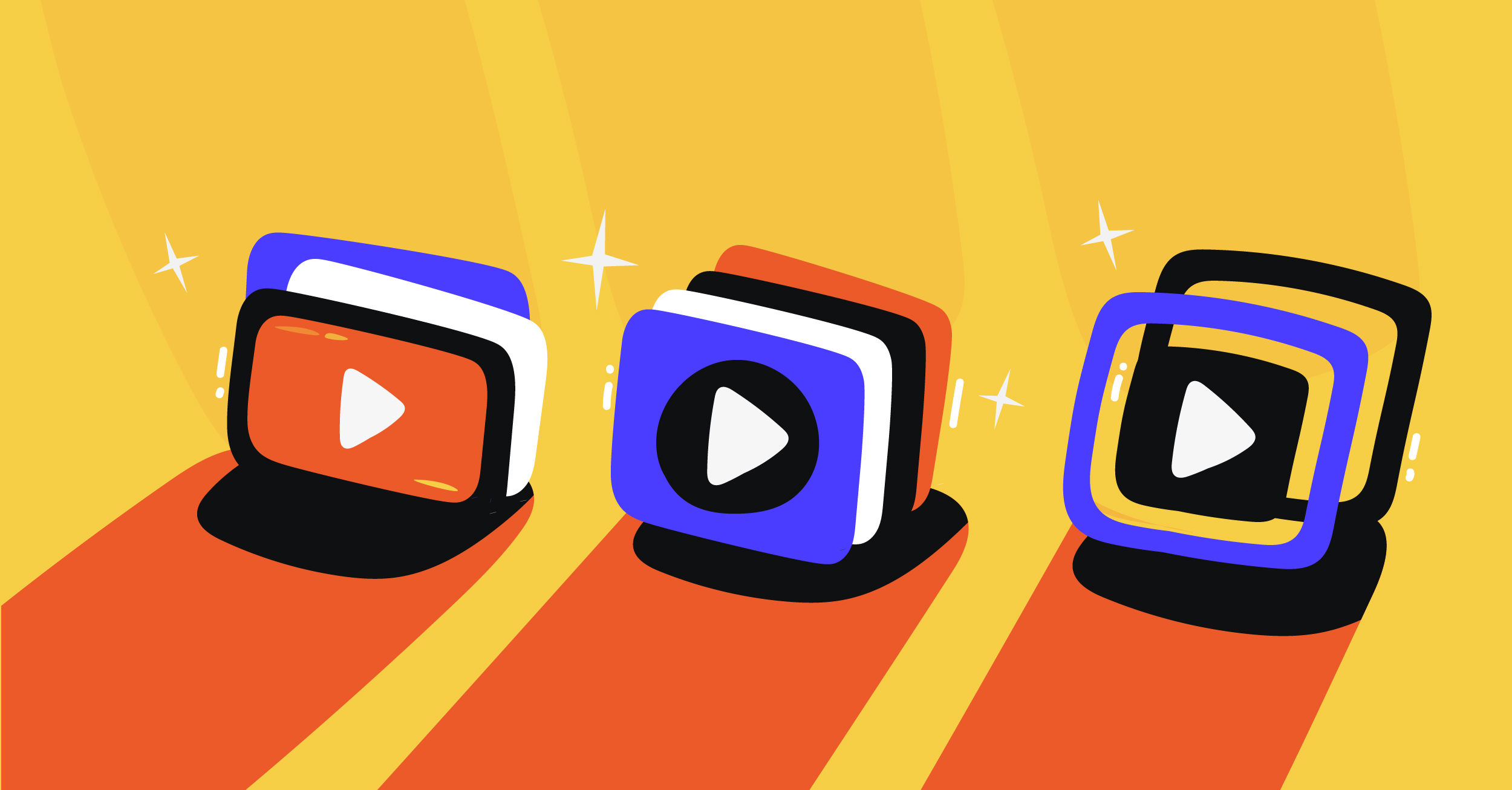Sports broadcasting has come a long way since its humble beginnings. From radio to television and now streaming, it has transformed how we experience sports. This blog post takes a deep dive into the fascinating history of sports broadcasting.
Sports coverage plays a crucial role in modern media. It brings fans closer to the action, no matter where they are. The importance of sports broadcasting is clear from its massive market size. In 2022, the global sports broadcasting technology market was worth USD 71.57 billion. It’s predicted to grow even more, with a 6.2% annual growth rate from 2023 to 2030.
Broadcasting sports events have evolved dramatically from the first voice broadcast of a college baseball game to today’s high-tech productions. It has shaped how we watch sports, created new fan experiences, and become a major industry in its own right. Dedicated sports channels like Sky Sports have transformed the landscape by becoming the primary platform for viewing major sports events, often replacing traditional free-to-air broadcasters with exclusive content and comprehensive coverage.
Let’s explore this exciting journey through time.
Early Days of Sports Broadcasting
The early days of sports broadcasting were marked by innovation and experimentation. It all began in 1899 when Guglielmo Marconi broadcast the America’s Cup from New York Harbor. This was likely the first sports broadcast ever.
In 1911, Kansas saw the first prerecorded sportscast. A group recreated football plays based on telegraph updates. However, it wasn’t official, as no one was present at the game.
The first voice broadcast of a college baseball game occurred in 1921. This marked the start of live sports coverage, and radio broadcasts quickly became the primary medium for sports broadcasting. Early milestones included the first voice broadcasts of boxing and baseball games.
As technology improved, so did the quality and reach of sports broadcasts. Local radio broadcasts cover various sports, from major professional leagues to local school and recreational teams, providing significant community engagement and exposure to events that might not receive national attention. Local radio stations began covering high school and college sports, bringing games to fans who couldn’t attend in person.
The First Sports Broadcasting on Radio: College Baseball Game
The early days of sports broadcasting were truly groundbreaking. The history and evolution of sports event broadcasts began on April 11, 1921, when KDKA in Pittsburgh aired the first live sporting event on the radio. They broadcast a boxing match between Johnny Ray and Johnny Dundee.
This historic moment paved the way for more sports coverage. A few months later, Harold Arlin announced the first Major League Baseball game on the radio. These early broadcasts captivated listeners and brought the excitement of live sports into homes.
Radio quickly became a game-changer for sports fans. Local stations began covering hometown teams, creating a new connection between communities and their favorite sports. The impact was huge – suddenly, fans could follow games without being at the stadium.
As radio technology improved, so did sports broadcasting. Play-by-play announcers developed their craft, painting vivid pictures of the action for listeners. Local radio coverage became a staple, bringing college and high school sports to eager audiences nationwide.
The Rise of Television in Sports
The rise of television transformed sports broadcasting. In 1939, the first televised sporting event in the US was the Summer Olympics. This event marked a new era for fans.
As TV technology improved, sports coverage expanded rapidly. In 1951, the first color sports telecast showed a baseball game between the Brooklyn Dodgers and Boston Braves. The evolution of national sports television played a significant role in bringing these events to a wider audience, marking important milestones in the history of televised sports in America.
Major broadcast networks like NBC, CBS, and ABC began airing more sports. They covered big events like the NFL Championship Game and World Series, bringing sports to a national audience. Major sports television units have been instrumental in negotiating lucrative broadcasting rights for major sports leagues, significantly contributing to the revenue and viewership of high-profile sporting events.
TV changed how we watch sports. It offered close-ups, replays, and commentary, and fans could now see the action as never before.
The First Live Sports Broadcast: First Live Sporting Event
The first national television broadcast of sporting events was a baseball game. On May 17, 1939, NBC aired a college baseball game between Princeton and Columbia. This paved the way for more exciting firsts.
Later that year, the first live college football game hit the airwaves. Waynesburg College faced off against Fordham, thrilling viewers at home. Sports on TV was taking off.
A major milestone occurred on September 29, 1951. The first coast-to-coast live TV broadcast of college football took place. Fans across America watched Pittsburgh take on Duke.
These early broadcasts set the stage for the future of sports on TV. They showed the huge potential of bringing live games into people’s homes.
Professional Sports Broadcast on Dedicated Sports Channels
Professional sports broadcasting took off in the mid-20th century. Live coverage of sports events across various media platforms, such as television and radio, brought fans closer to their favorite teams and significantly increased viewership.
Boxing was also a big draw on TV. The “Fight of the Century” between Joe Frazier and Muhammad Ali in 1971 was huge. Other individual sports like tennis and golf gained popularity, too.
National championship games became major TV events. The Super Bowl, World Series, and NBA Finals drew massive audiences. These broadcasts helped turn sports into a national obsession.
Digital Age and Sports Broadcasting
The digital age revolutionized sports television by enhancing the accessibility and diversity of sports programming through cable and digital media. Internet streaming brought live sports to computers and smartphones. Fans could now watch games anywhere, anytime. Mobile apps made it easier to follow favorite teams and access on-demand content.
Social media has changed how we experience sports. Platforms like Facebook and Twitter have become virtual stadiums where fans discuss games in real time. Athletes and teams use social media to connect directly with fans, sharing behind-the-scenes content.
These digital innovations have expanded sports coverage beyond traditional TV broadcasts, creating new ways for fans to engage with their favorite sports.
The Future of Sports Broadcasting
The future of sports broadcasting looks exciting. Emerging technologies like virtual reality (VR) and augmented reality (AR) are set to transform how we watch sports. These could offer immersive experiences, putting fans right in the action.
Viewer habits are changing, too. More people are watching on mobile devices and streaming platforms, pushing broadcasters to adapt their content and delivery methods.
Challenges lie ahead, like dealing with piracy and maintaining viewer engagement. But there are also opportunities. Personalized content and interactive features could enhance the viewing experience. The future of sports broadcasting is all about innovation and meeting evolving fan expectations.
Conclusion
Sports broadcasting has come a long way since its early radio days. It’s transformed how we experience sports, bringing fans closer to the action. It’s shaped sports culture and media, from voice broadcasts to high-tech TV productions. The journey continues with digital innovations offering new ways to engage fans.
Ready to take your sports broadcast to the next level? Try Castr for your next event.
With features like adaptive bitrate streaming, subsecond latency, and multistreaming, Castr offers a complete solution for streaming sports.
Don’t miss out on giving your audience the best viewing experience possible. Start with Castr today for free!





